The same can be said with the indoor selfie. Although the skin tone is still warmer than we would like.
In low light, the selfie performed decently. Even though there was some loss of sharpness, the subject's skin tone is correct while the contrast is deep enough. There is some visible noise in the highlights and in the shadows.
In low light, the selfie image dramatically loses its sharpness as the noise and noise reduction soften the image while ruining the color accuracy of the image.
There is no Night selfie mode.
Inside are the 12nm MediaTek Helio G88 octa-core processor, Mali-G52 MC2 GPU, LPPDR4X RAM, and eMMC 5.1 storage.
We ran some benchmarks including Antutu where we got a score of 289,966. While on Geekbench we got 422 points on the single-core and 1,340 on the multi-core tests.
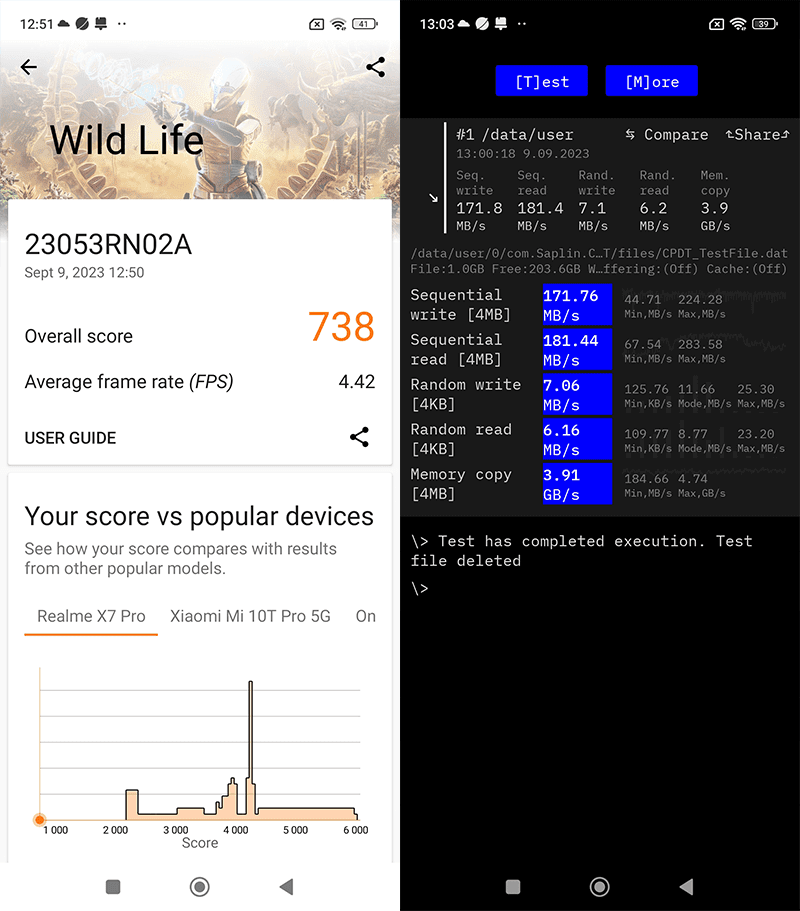 |
| 3DMark and CPDT benchmark results |
In 3DMark Wild Life Extreme the phone managed to score 738 overall with an average of 4.42 fps. While si CPDT scored 181.44 in sequential read speeds and it scored 171.76 MB/s in sequential write speeds.
When navigating through the OS, it runs smoothly, but when opening certain intensive apps, it takes its sweet time. We found it acceptable for basic tasks like texting, social media and the like but heavier tasks will take its toll.
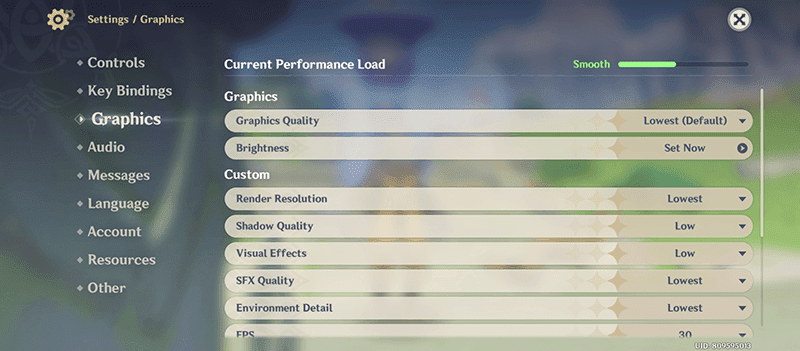 |
| Genshin Impact graphics settings |
The phone unlocked the lowest graphics as the default for Genshin Impact. It can open and run genshin impact but as soon as your character enters combat, the phone chugs with a lot of frame skipping.
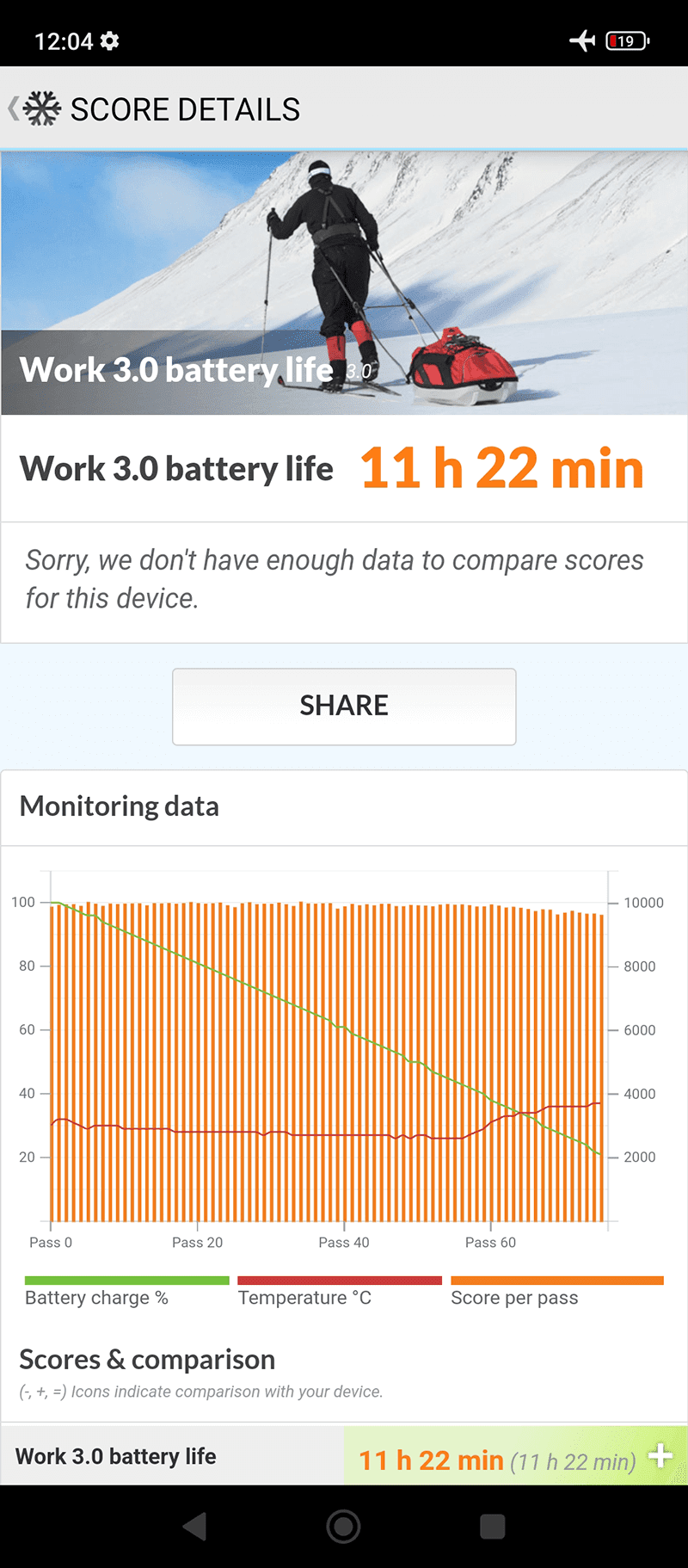 |
| PCMark battery benchmark results |
The 5,000mAh battery managed to last for 11 hours and 22 minutes in our usual PCMark Battery benchmark.
In daily usage, the phone yields at least 5 hours of on-screen time after a long work day where the phone is constantly connected to WiFi and LTE. After that long 10-hour work day, the phone managed to retain 28 percent of its battery left.
The 18W wall charger charges the phone from 0 to 100 percent in under 120 minutes while maintaining low temperatures.
The single bottom-firing speakers have a decent maximum volume however we recommend lowering the volume to 90 percent to have the best sound quality as at max volume, the sound becomes distorted.
The side-mounted fingerprint reader and Face Unlock are easy and quick to set up. Once set up, both detect our face and our fingerprint immediately unlock the phone. The camera struggles when the environment is dark or when we are wearing a mask. The screen brightens up to compensate for dark situations.
For connectivity, VoLTE, WiFi, Bluetooth, and NFC work consistently and as expected.
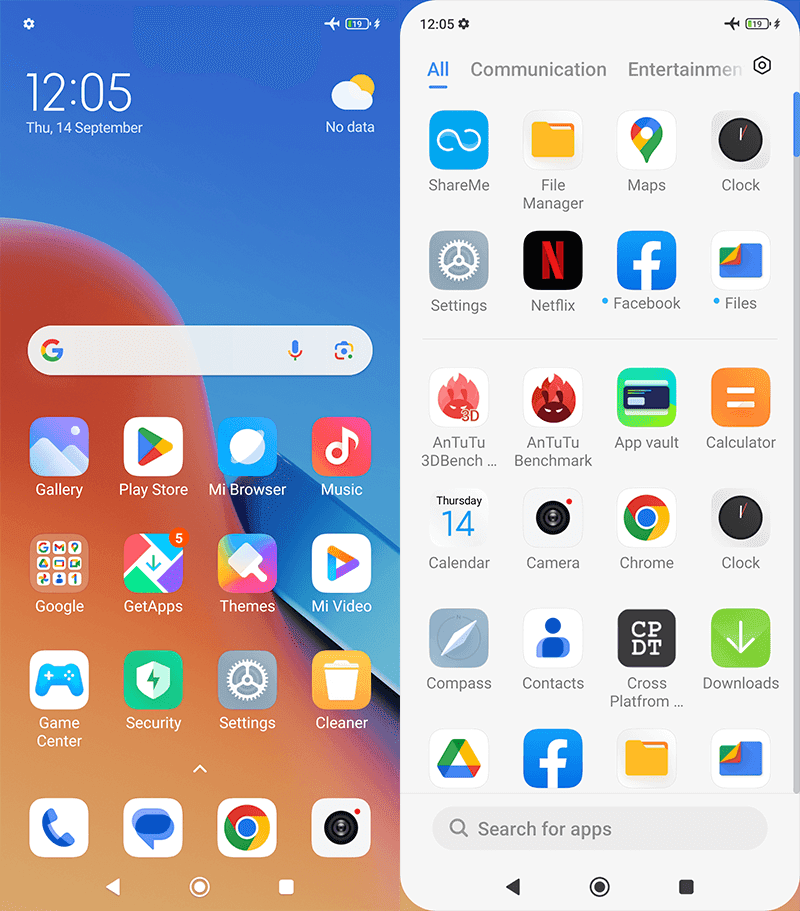 |
| Redmi 12's MIUI |
It is using a custom skin on top of Android 13-based MIUI 14. It features minor visual improvements over the previous generation while adding features from Android 13. If you didn't like MIUI 14 then, the odds are you won't like this one either.
Redmi 12 Specs
Display: 6.79-inch Gorilla Glass 3 protected LCD (IPS) screen w/ 90Hz refresh rate, 240Hz touch sampling rate, FHD+ 2400 x 1080 resolution at 388 ppi
CPU: 2.0GHz 12nm MediaTek Helio G88 octa-core processor
GPU: Mali-G52 MC2 (1,000MHz)
RAM: 4GB/8GB LPDDR4X
ROM: 128GB/256GB eMMC 5.1 expandable storage via microSD card up to 1TB
Back Camera: 50MP f/1.8 + 8MP f/2.2 120-degree ultra-wide-angle, 2MP f/2.4 macro + LED flash
Selfie Camera: 8MP f/2.1
Battery: 5,000mAh w/ 18W fast charging
OS: Android 13 w/ MIUI 14
Connectivity: WiFi 802.11a/b/g/n/ac (2.4GHz/5GHz), 5G, 4G LTE, Bluetooth 5.0, OTG, NFC, GPS, A-GPS, GLONASS, BeiDou, Galileo, dual SIM (hybrid)
Sensors: Accelerometer, magnetic
Others: Side-mounted fingerprint sensor, face unlock, IP53 water splash resistance, IR Blaster, 1217 loudspeaker, USB-C, Colors: Colors: Midnight Black, Sky Blue
Dimensions: 168.60 x 76.28 x 8.17 mm
Weight: 198.5 g
Price: PHP 7,999 (8GB/128GB), PHP 8,999 (8GB/256GB)


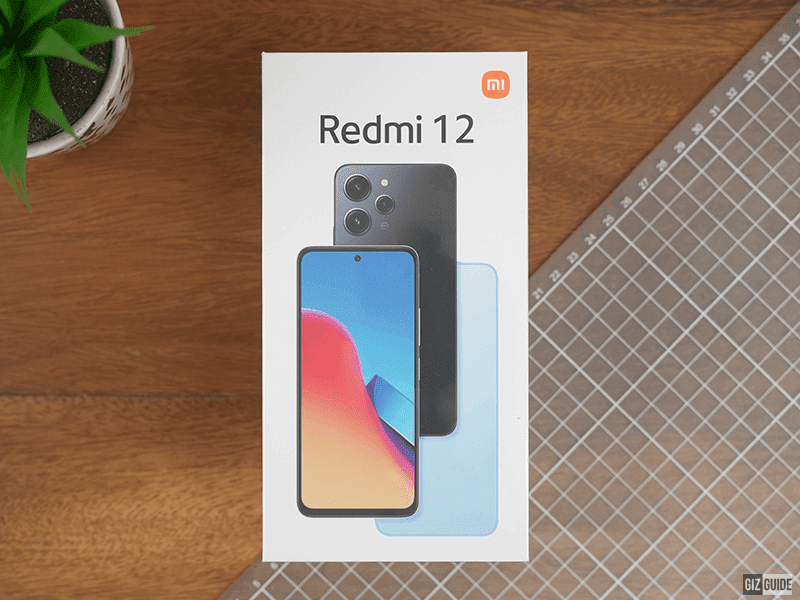
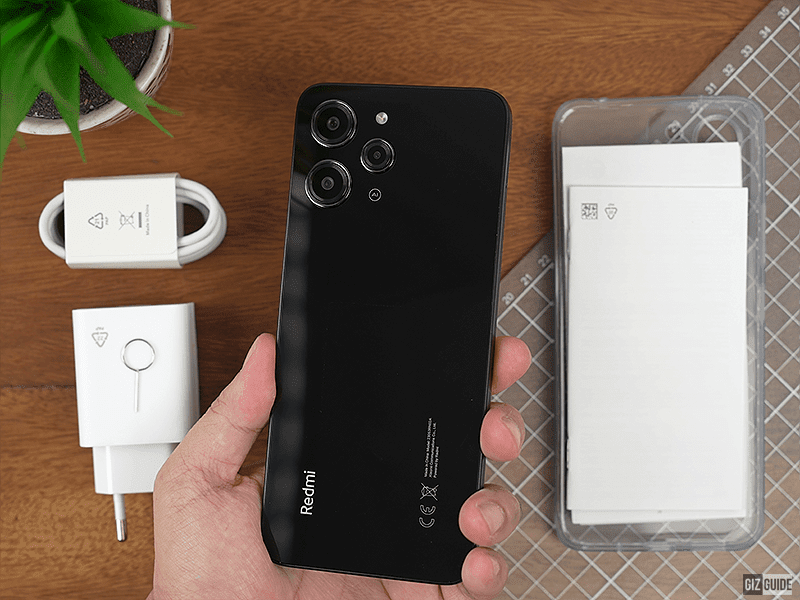
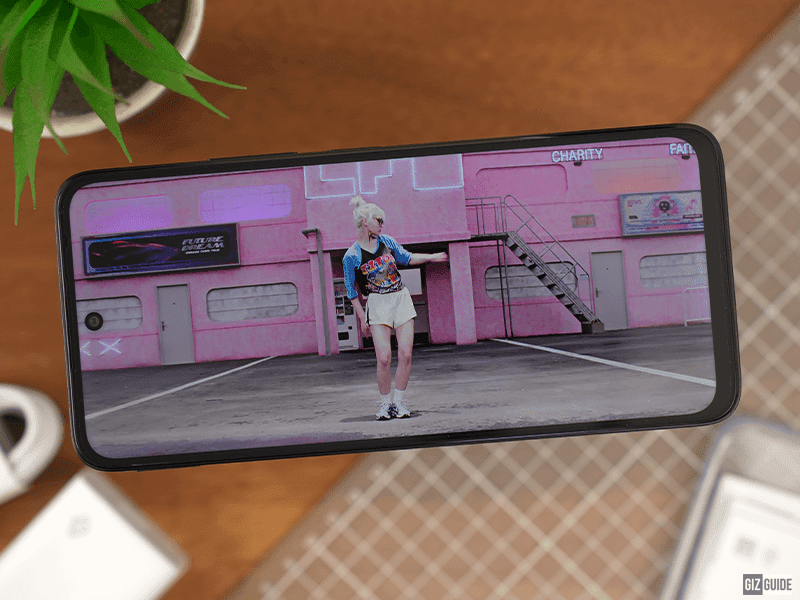
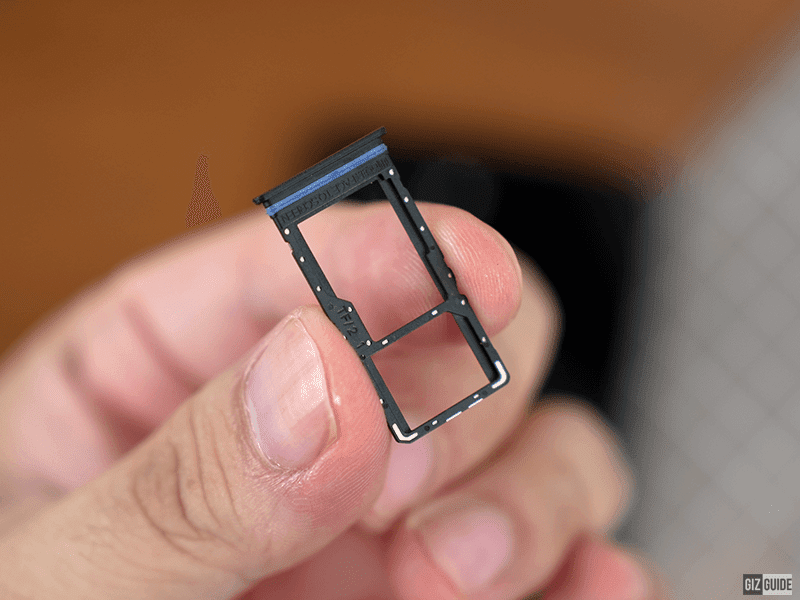
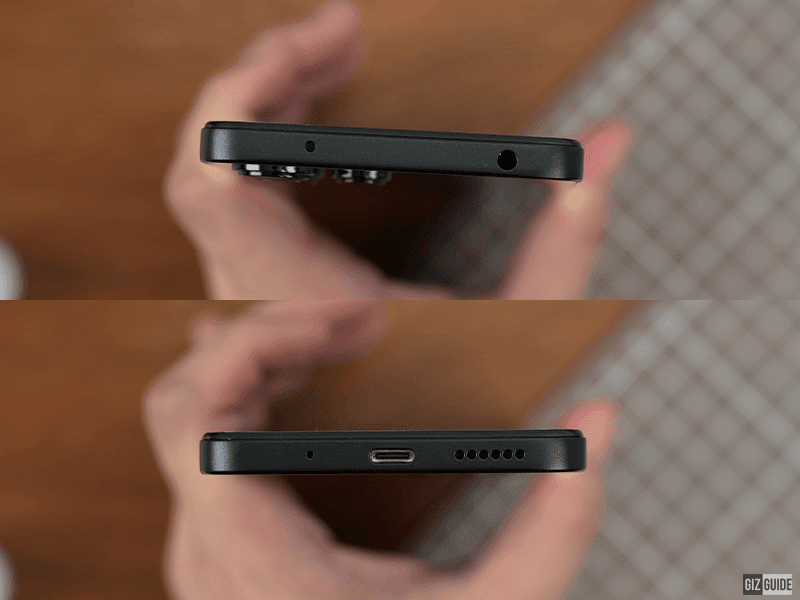
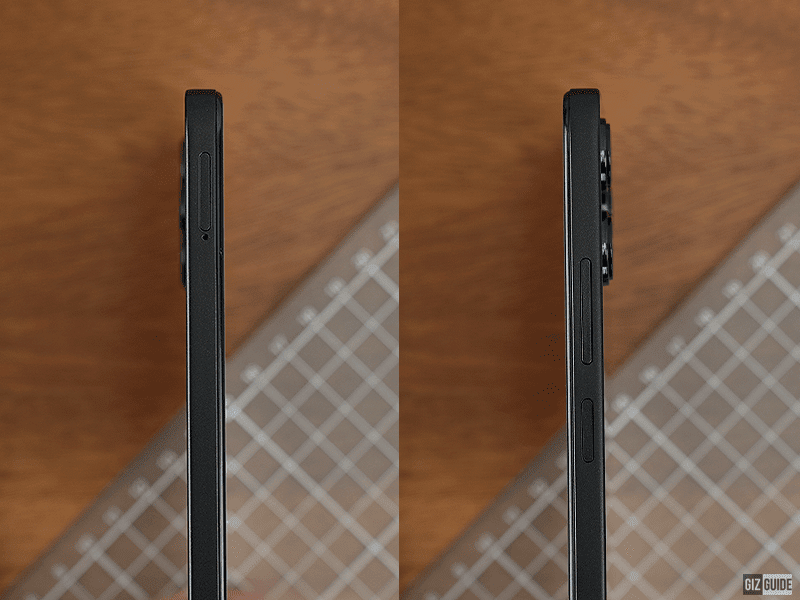
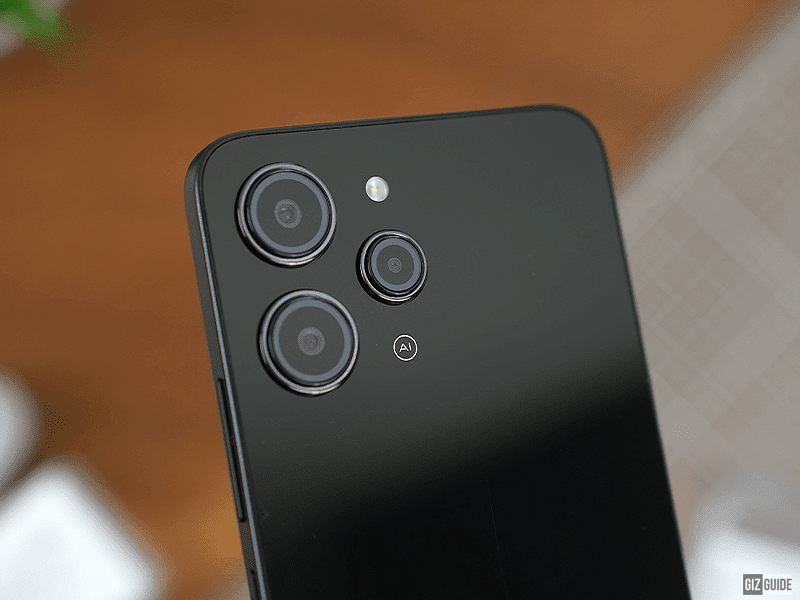
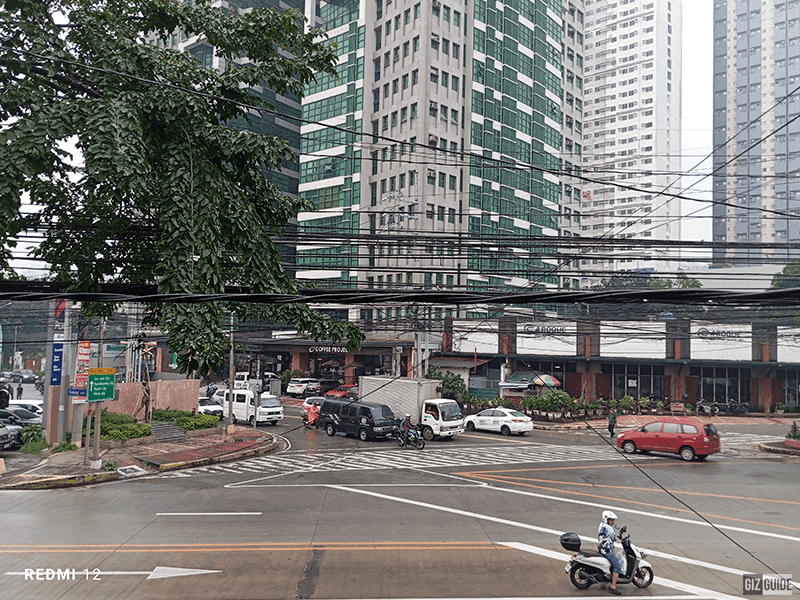
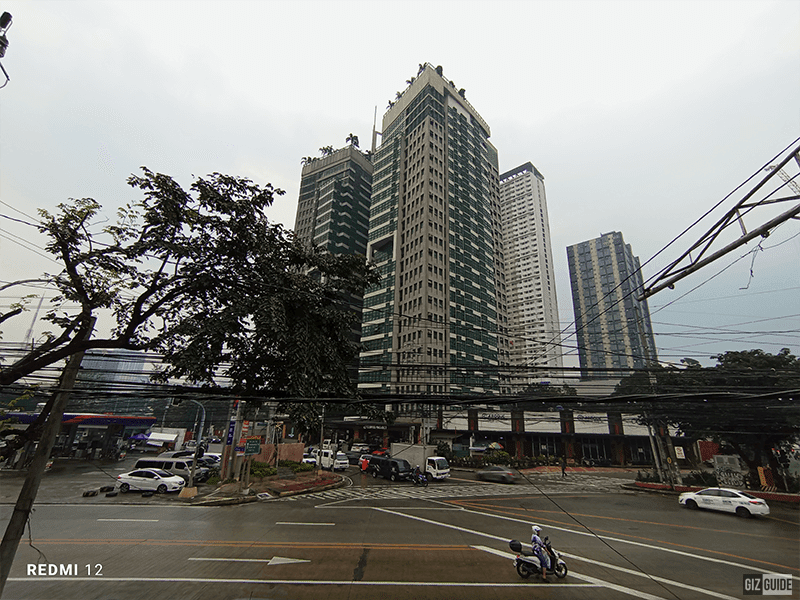
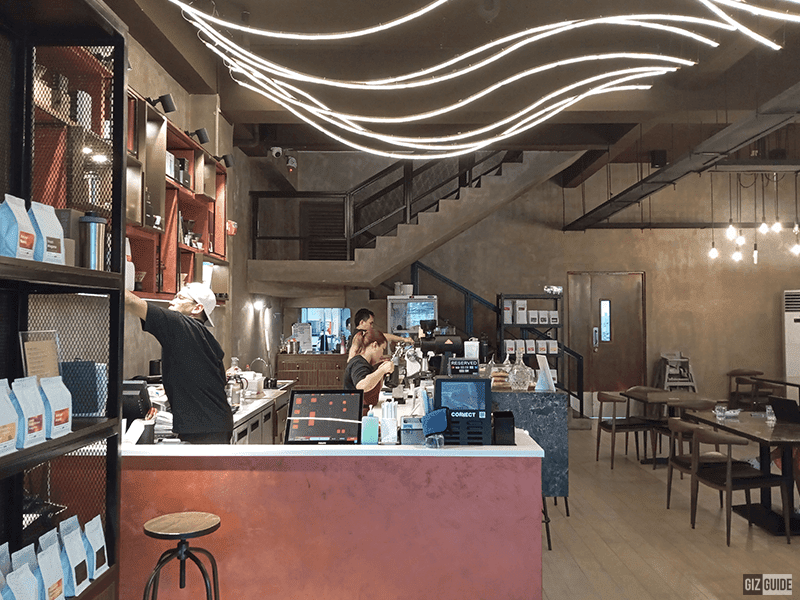

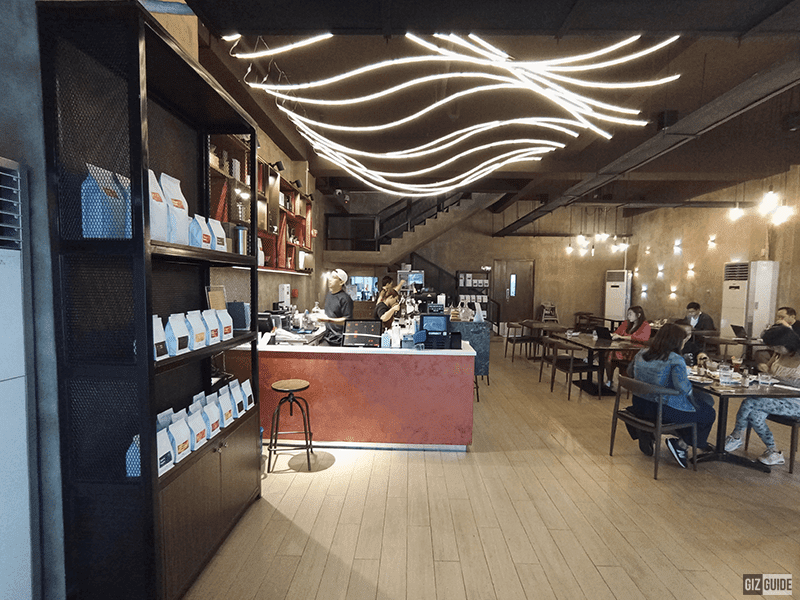
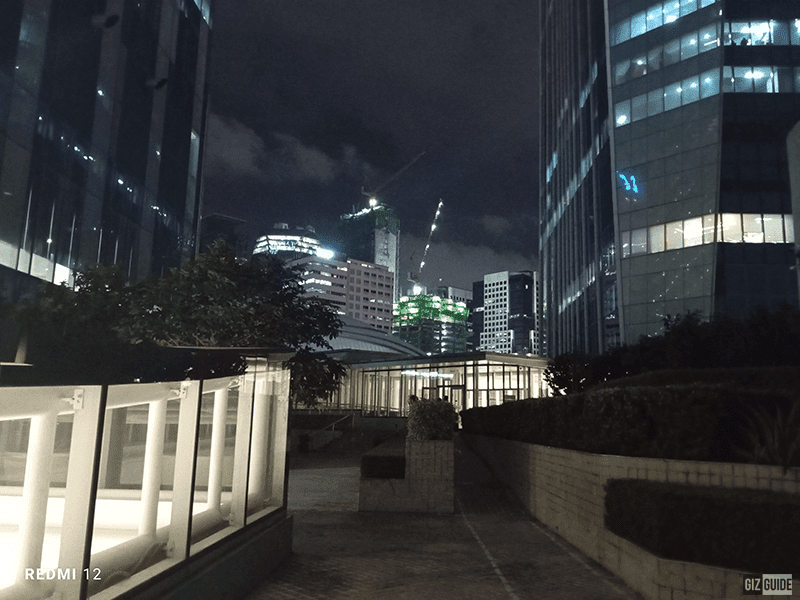
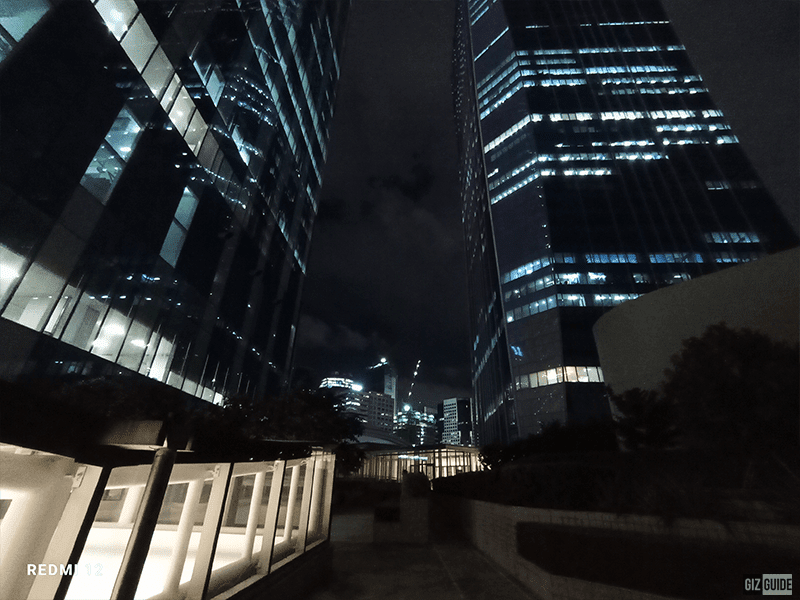
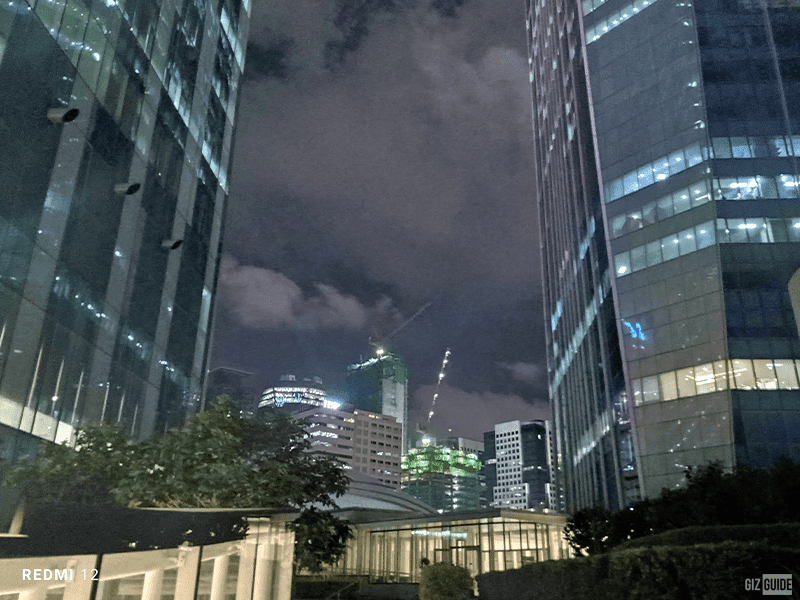
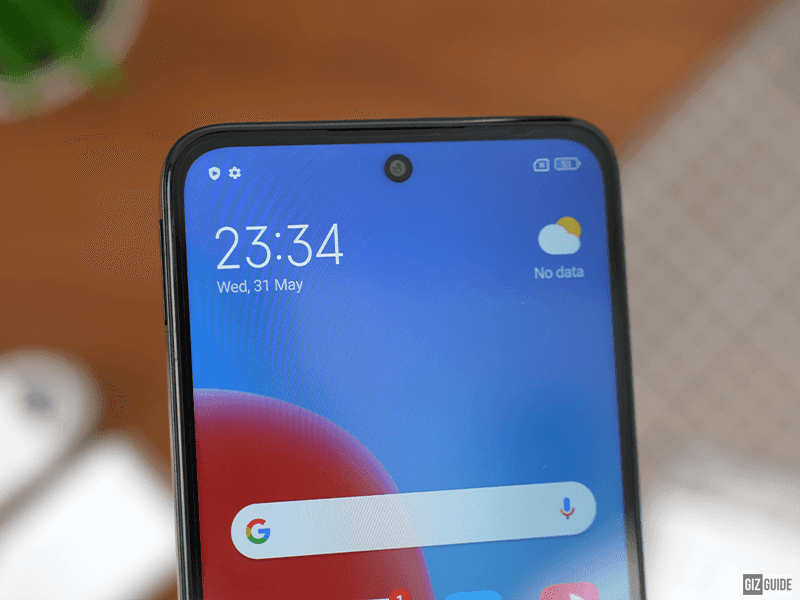




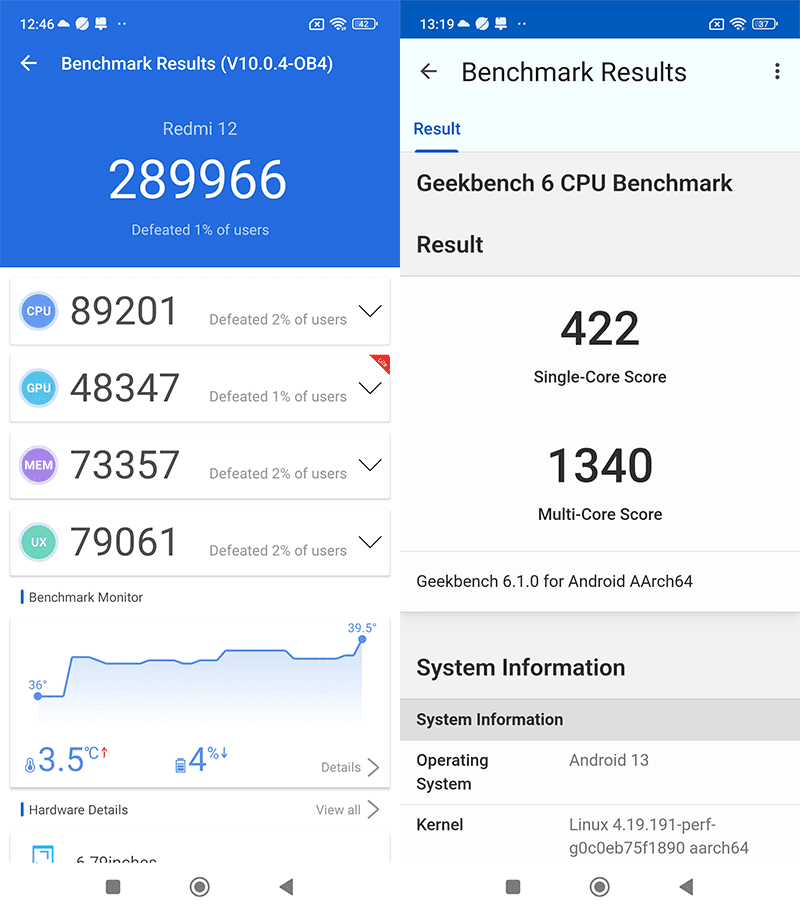




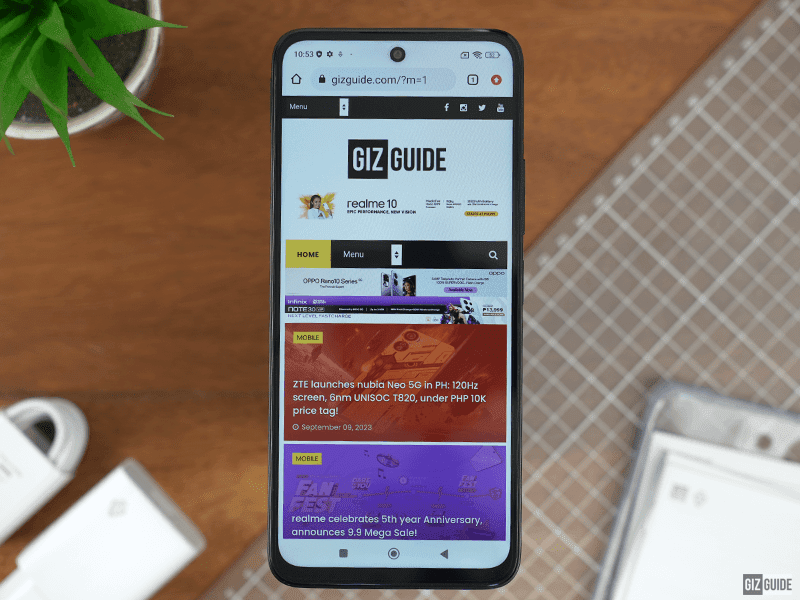


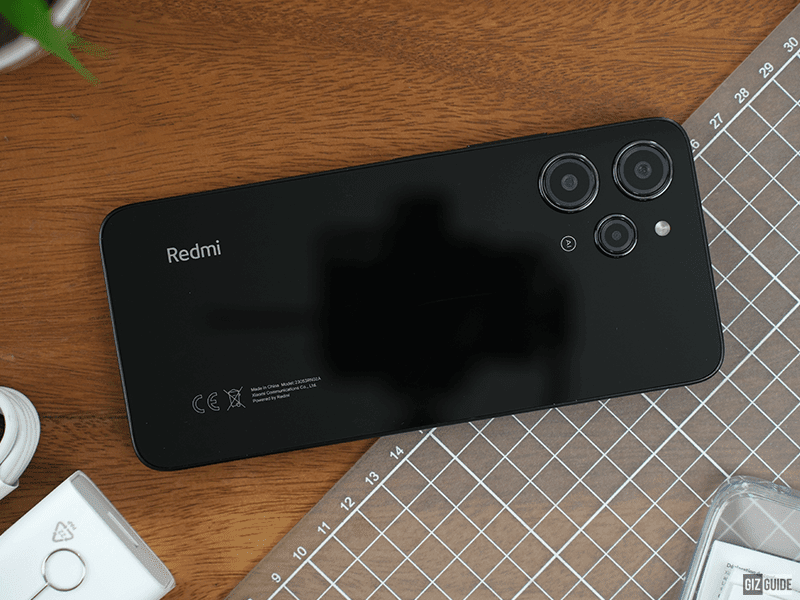
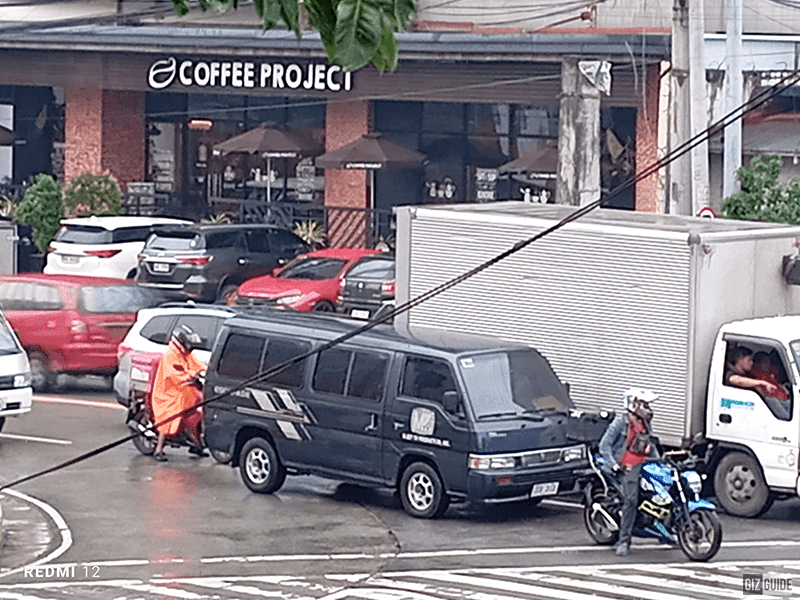

















Post a Comment